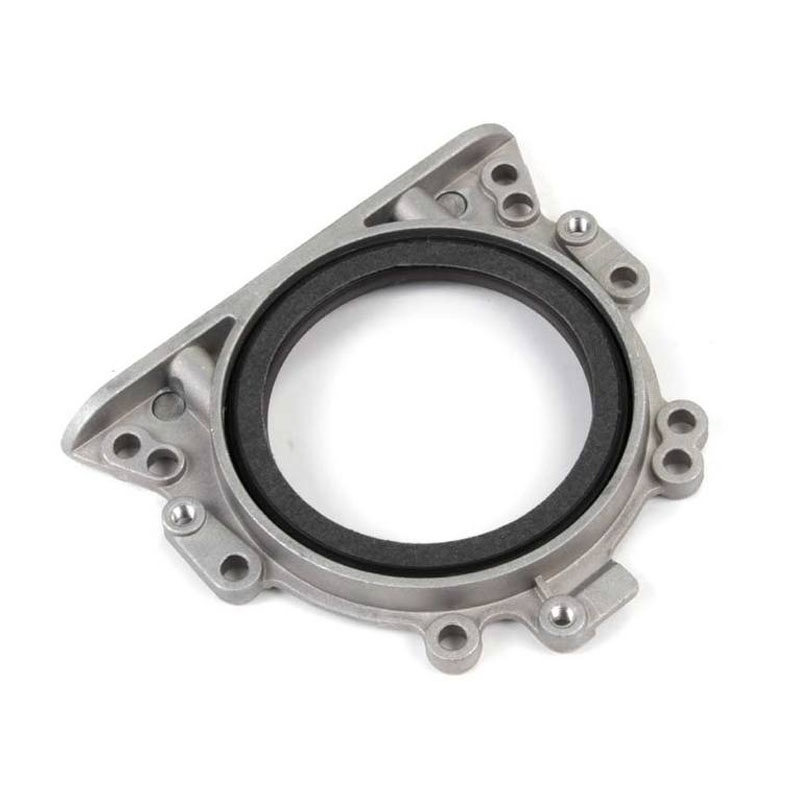High-Quality Oil Seal 160x190x15 for Enhanced Performance
Understanding Oil Seals The Importance of the 160x190x15 Specification
Oil seals, often referred to as rotary shaft seals or lip seals, play a crucial role in various mechanical systems, especially in machinery that requires lubrication to function efficiently. One such specific specification is the oil seal measuring 160x190x15 mm. Understanding its dimensions and applications can help engineers and maintenance professionals choose the right components for their machinery.
What is an Oil Seal?
An oil seal is a mechanical device designed to contain lubricants and prevent the ingress of contaminants. It serves as a barrier to protect the internal components of machinery, thereby ensuring longevity and efficiency. Oil seals are typically made from rubber or polymer materials, which provide flexibility and resistance to degradation. The primary components of an oil seal include the sealing lip, the outer casing, and a spring that aids in maintaining contact with the rotating shaft.
Dimensions Breakdown 160x190x15
The dimensions of an oil seal are expressed in millimeters, indicating its inner diameter (ID), outer diameter (OD), and width. For the 160x190x15 oil seal
- Inner Diameter (ID) 160 mm - Outer Diameter (OD) 190 mm - Width 15 mm
These dimensions indicate that the oil seal is designed for applications where a shaft of 160 mm must rotate while being enclosed in a housing of 190 mm, all within a sealing width of 15 mm. The precise fit is essential for maximum sealing effectiveness, as any mismatch may lead to leaks or premature wear.
oil seal 160x190x15

Applications
The 160x190x15 oil seal is commonly used in various applications, including
- Automotive Industry In vehicles, oil seals are often found in the engines and gearboxes. They help in maintaining proper lubrication while preventing oil from leaking out and dirt from entering. - Industrial Machinery Equipment such as pumps, compressors, and turbines frequently utilize these seals. The ability to maintain internal pressure while preventing contamination is vital for the proper functioning of these machines.
- Agricultural Equipment Tractors and harvesters employ oil seals to ensure that their lubricants remain where they are needed while keeping dirt and debris at bay.
Choosing the Right Seal
When selecting an oil seal, it’s crucial to consider not just the dimensions but also the material properties. Factors such as temperature ranges, chemical exposure, and the speed of rotation can significantly impact the seal’s performance. For instance, high temperatures may require seals made from heat-resistant materials, while exposure to certain chemicals may necessitate specialized polymers.
Conclusion
The 160x190x15 oil seal is a vital component in many mechanical systems, playing an essential role in ensuring their effectiveness and longevity. By understanding its dimensions and applications, professionals can make informed decisions when it comes to maintenance and repairs. Proper selection and installation of oil seals not only enhance machinery performance but also contribute to overall operational efficiency, reducing downtime and repair costs. As technology evolves, the importance of selecting the right oil seal continues to be paramount in sustaining the performance of modern machinery.
-
The Ultimate Guide to Car Repair Kits: Tools and Essentials Every Driver Should Own
News Aug.01,2025
-
The Complete Guide to Oil Pan Gaskets: Sealing Engine Leaks the Right Way
News Aug.01,2025
-
Preventing Oil Leaks: A Complete Guide to Oil Pan Gaskets and Drain Seals
News Aug.01,2025
-
Everything You Need to Know About Oil Pan Gaskets and Drain Plug Seals
News Aug.01,2025
-
Essential for Car Owners: How to Use a Car Repair Kit to Deal with Minor Breakdown
News Aug.01,2025
-
Comprehensive Guide to Engine Oil Sump Gaskets and Related Seals
News Aug.01,2025
-
The Ultimate Guide to Boat Propeller Bearings and Trailer Wheel Bearings
News Jul.31,2025
Products categories















